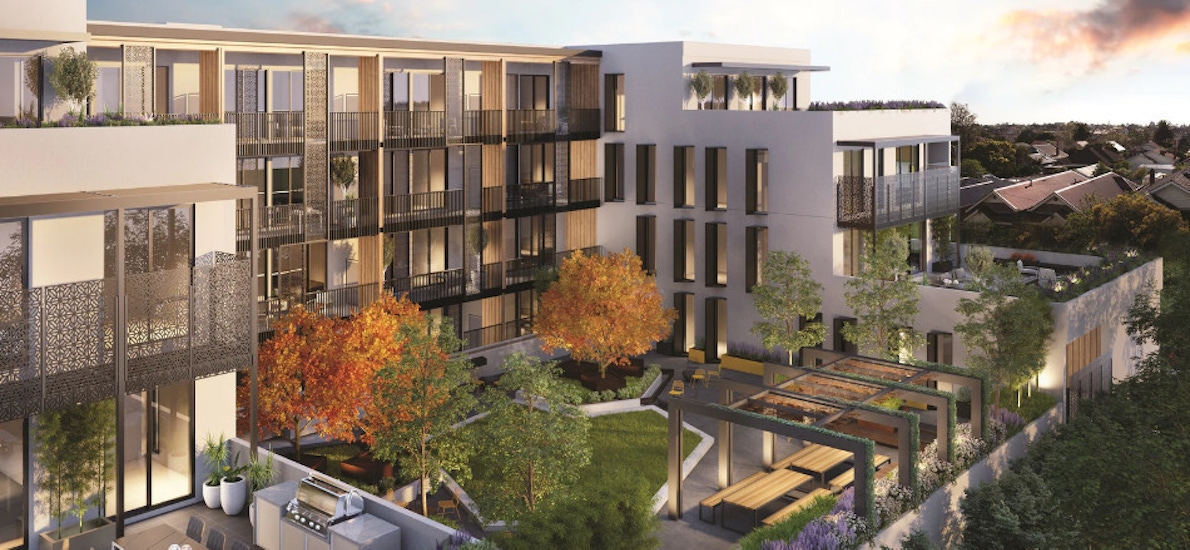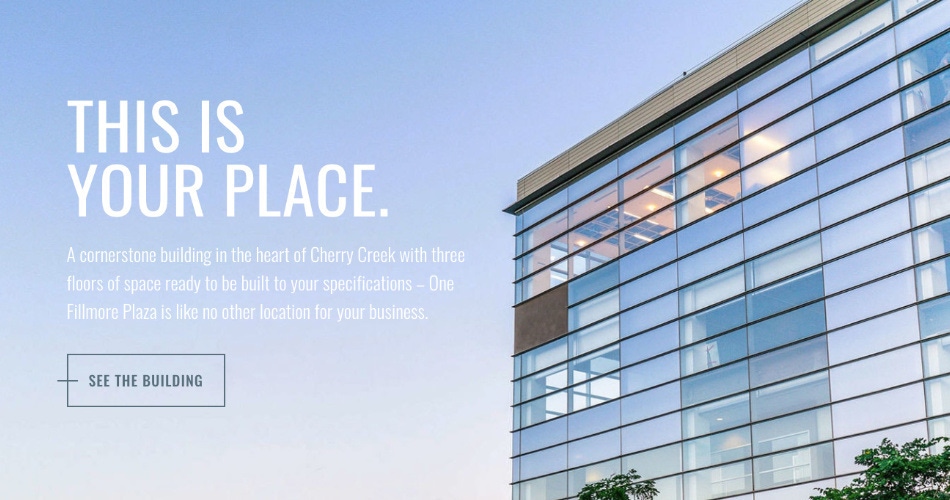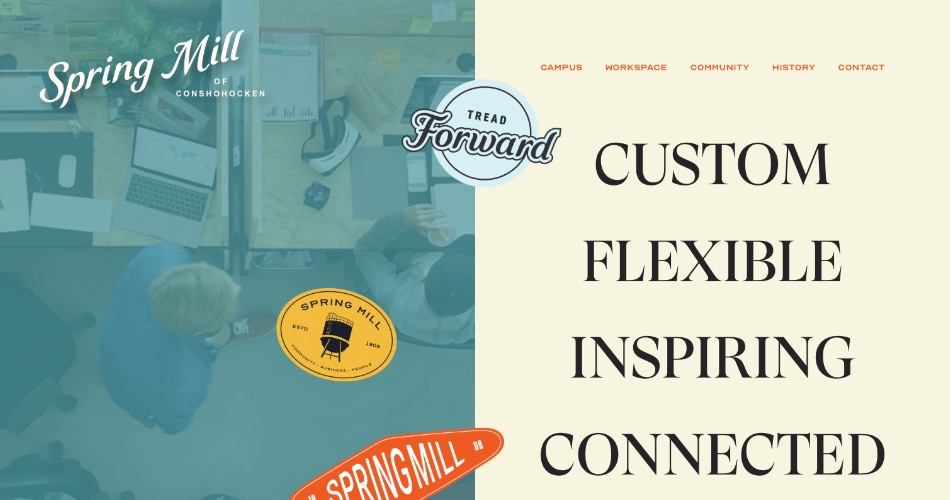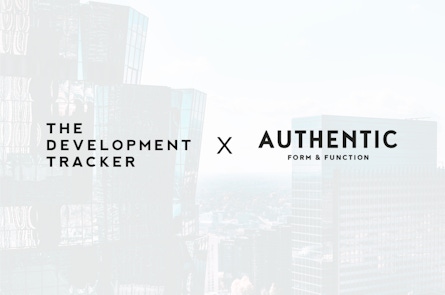4. Speed Up Leasing Activity with Digital Marketing
Assuming you've been building a swell of momentum online with the steps above, you can start thinking about the digital avenues to accelerate leasing when the time is right.
Think back to the initial splash page. If built thoughtfully, it's been capturing emails from the very beginning. It's also be effortlessly sharing the project vision, the experience one can expect, and various floor plans and pre-leasing teasers.
We commonly practice this on our projects. Nordost Exchange in Minneapolis and The MKT in Houston are great examples.
So, as one example, a thoughtful email campaign would easily target those exact parties that you already know are interested. While run of the mill sales emails from big box stores like REI, Target, or Home Depot might get 1-3% open rates, we often see targeted email campaigns come in at 25% and higher depending on the project and the drip campaign we run.
This same website could have been the landing place for basic paid social campaigns from the beginning, too, as another example. These days we can hyper-target by neighborhood, income levels, previous interests, families with kids, and more.
What about partnering with the right industry publication, also? The right message in front of the right audience will full up your space in no time. Digital marketing doesn't need to replace your broker team, but it can absoutely work in tandem to drive even more leads their way.
Bottom line: digital marketing speeds up leasing because it unlocks multiple avenues for better connecting with potentially hundreds of targeted people when it's time to aim for ROI.






